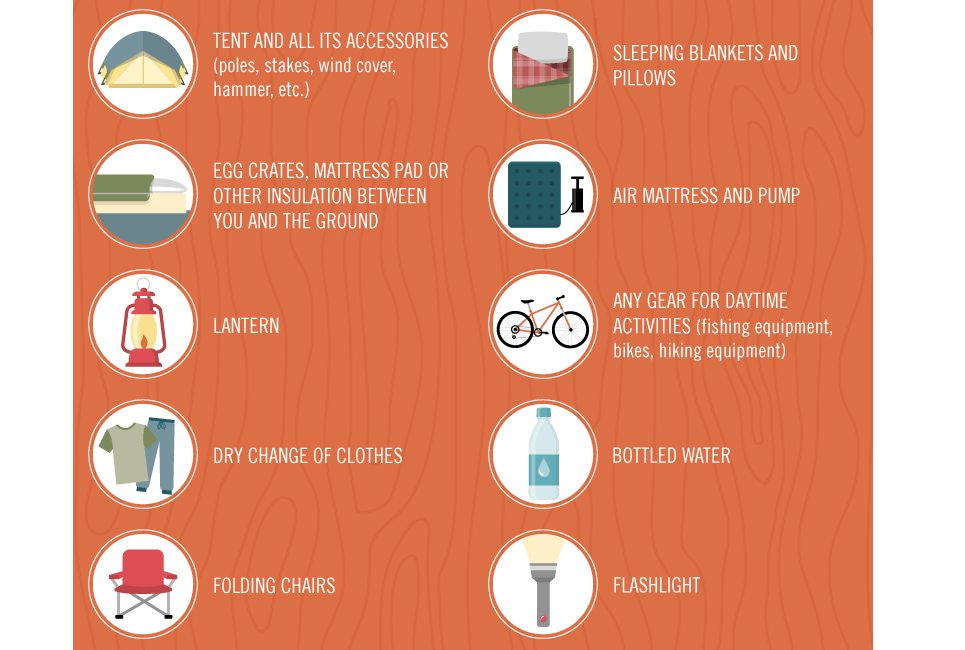Glamping camping tents require to be clean and properly maintained for guests' comfort. Normal care likewise lengthens the life of the tent and decreases threat of deterioration.
How long does it take to put up a bell tent?
For instance, if a tent establishes mold or mildew spots, utilize an outside cleaner such as Nikwax Technology Laundry to completely clean up the material and recover its water resistant layer or finish. Make certain to carefully dry the tent before storing it.
Springtime Cleansing
Tents are essentially a collection of fabrics strung together to provide a barrier between the body and the world outside, so it's just natural that they soak up wetness. This can create smells and encourage mildew and mold and mildew growth, so it is necessary to completely clean each camping tent at the very least twice a year. To do so, unravel the tent in a warm and well-ventilated location to enable every part of the textile to fully dry.
After cleaning a camping tent, it is important to analyze each sewed joint for leakages. If a seam is weak or has actually developed small openings, apply a joint sealer to avoid rain penetration throughout fall storms.
If an outdoor tents has mildew or various other foul odors, try utilizing a gear cleaner (Nikwax Technology Laundry is our best). Always adhere to the instructions on the cleaner container carefully, specifically when identifying how much time to soak the camping tent. Allowing a tent soak also long can damage the material and weaken waterproof finishes.
Summer season Care
Outdoors tents need routine like prevent mildew, textile rot and various other issues. Springtime cleansing gets rid of winter residue, summertime care safeguards versus UV rays and parasites, and fall preparation strengthens waterproofing. An in-depth seasonal maintenance plan saves money and time in the future.
Maintain tents clean by regularly cleaning with a mild cleaning agent and synthetic washcloth. Prevent harsher cleaners that strip safety coatings. Pre-treat stubborn spots before washing. If you observe mold and mildew, mildew or algae on a camping tent, consistently ventilate it to dry. Moldy camping tents are less comfy and might attract rodents and pests that eat textiles and leave droppings.
Trim plants to remove too much or high weeds that draw moisture into camping tents. Maintain glamping camping tents far from bodies of water to stop mud and salt deposits that cause decaying, discoloration and decreased water resistant security.
Autumn Prep
While glamping camping tents are developed to stand up to the components, prolonged exposure to rain, sun, wind and cold takes its toll. Appropriate maintenance decreases damage and guarantees the very best possible guest experience.
Inspect glamping outdoors tents and their textiles for loose joints, torn or harmed locations and little holes. Patch any weak points prior to fall rains show up, and apply a waterproofing treatment to stop dampness seepage.
Frequently clean and lubricate zippers, using cool, fresh water or a wax-based item (like chapstick). This is specifically crucial after camping near seawater, where salt damage can significantly reduce zipper life.
Preserve a healthy and balanced outdoor camping atmosphere by eliminating weeds and cutting vegetation. Too much plants boosts moisture degrees, urging mold sun shade tent and mildew and mildew to expand. Likewise, consistently open home windows and vents to keep air top quality and launch caught warm.
Winter Storage
Tents safeguard campers from the components. They endure a lot of abuse-- rainfall, wind, dust and also rocks and twigs-- and occasionally, they need repairing. Mold damages to outdoors tents not only makes them unpleasant; it can likewise rust material, trigger perforations and tear the waterproof coatings of several kinds of tents.
Tent mold is most likely to occur in damp conditions. It calls for routine cleansing and treatment to avoid mold and odors, and to keep waterproof finishes in good condition.
How do you store a tent for winter?
To treat your outdoor tents for mold, vacant out the contents and completely tidy it. Mix a service of 4 parts water to one component white vinegar and make use of a sponge or soft brush. Rinse and let the camping tent completely dry completely prior to saving. Drying before storage space aids avoid mold and mildew development and maintains the interior tidy, also. Store the camping tent in a breathable storage space bag, like a pillow case. Avoid stuffing the camping tent, as this can grab zippers and stress the material.
